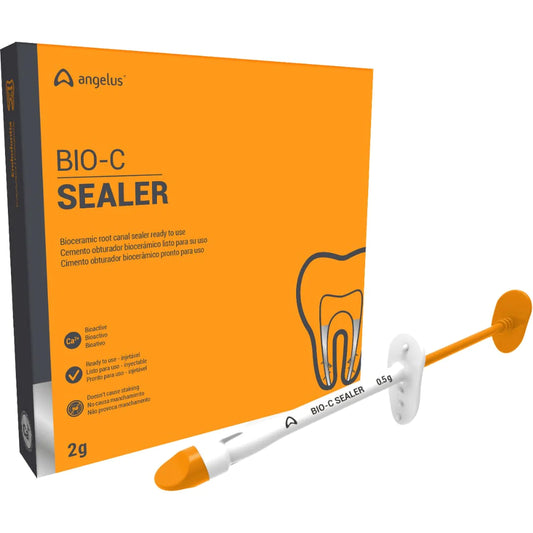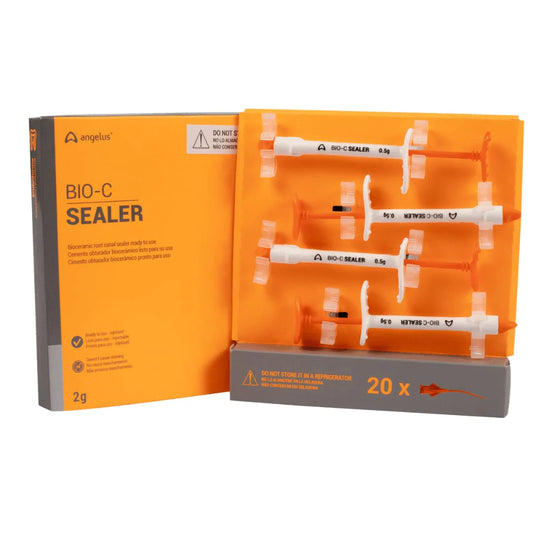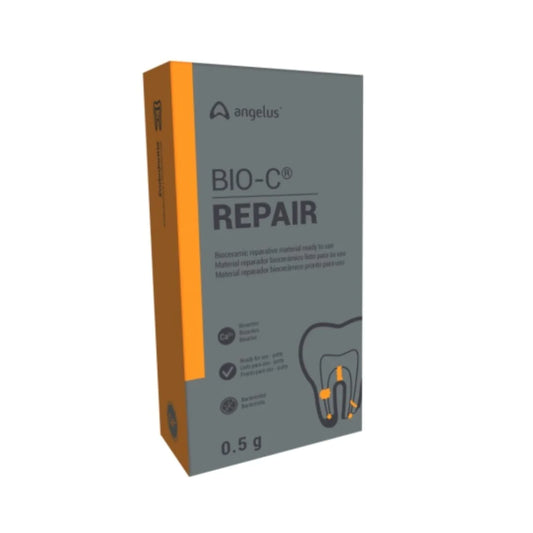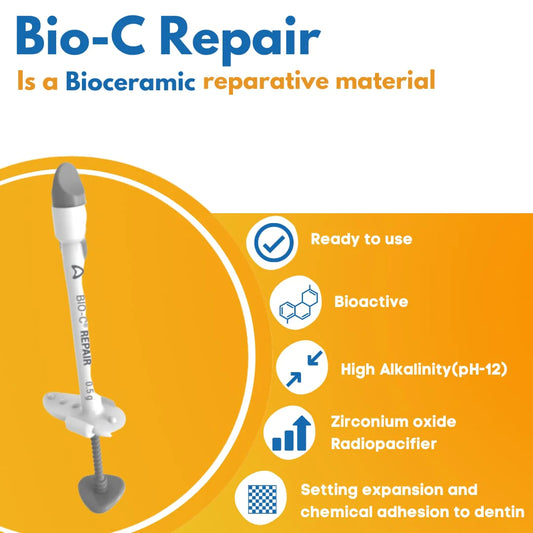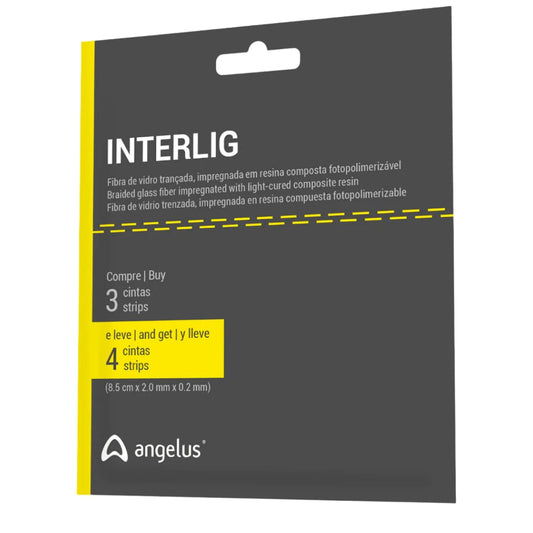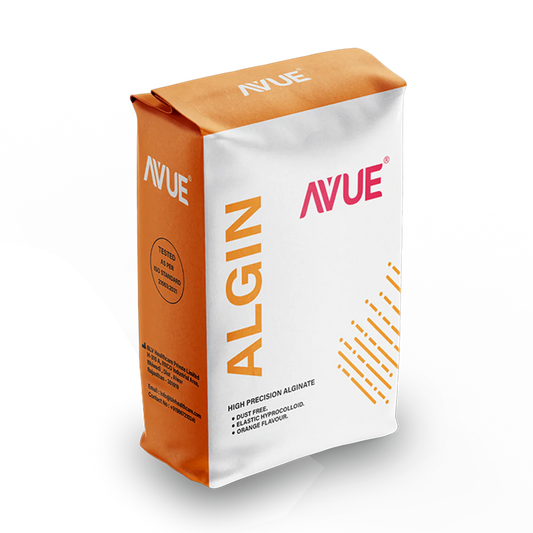A Dentist’s Guide to Selecting Impression Materials
Statistics show that 72-85% of dental cases require impression material. These materials help make the replica of teeth and their surrounding area, such as gingiva, bone, ridge, palate, frenum, etc.
Dental impression material helps better plan treatment as the arch can be visualized from different angles. The better the impression, the better results guaranteed for the patient. The materials may be either elastic or non-elastic based on their mechanical properties. As the name suggests, the elastic is compressible and can recover after the deformation. It further consists of reversible and irreversible hydrocolloids, addition and condensation silicones, polysulfides, and polyether, whereas Non-elastic or rigid impression materials include impression compounds, zinc oxide eugenol, and impression waxes. Hydrocolloids were the first elastic materials used in the dental industry. They produce high-definition details of the oral and intra-oral structures.
Properties of Impression Materials
An ideal dental impression material should have the following qualities:-
- Viscous- The viscosity may be low, medium, heavy, or very heavy. It depends on case to case, which viscosity can help procure the maximum details, and the right fit will help record the minute details that are usually left unnoticed.
- Flavor- The taste of dental impression material should be considered for patient comfort, which helps build rapport. In recent years, modifications have been made to the impression materials' color and taste to smoothen patients' experience.
- Hydrophilic- Hydro means water, and philic means attraction towards water. High hydrophilicity material captures details effectively and precisely. This refers to the material's affinity for water.
- Setting time- The ideal impression material should provide a longer working time. Working time is measured from the start of mixing to manipulating and loading in the impression tray. An adequate amount of working time would ensure a stress-free procedure and accurate results, whereas setting time is measured from the time in the patient's mouth until it sets. It is important to minimize the setting time as patients will have less stress and feel more relaxed.
- Elasticity- When you remove the impression from the patient's mouth, the material will be stretched and compressed. An ideal impression material should have tear strength and elasticity so that, after stretching, the impression can return to its original shape without tears or distortions. The material's property keeps the impression's fidelity when removed from the mouth.
- Non-toxic- Not irritating or toxic to the oral tissues.
- Thixotropic- One of the qualities of impression material is being thixotropic, meaning when it is placed, it flows smoothly and molds accordingly.
Classification of Impression Material:
There are many classifications, so here we have mentioned, according to Philips, which is based on setting reaction and elasticity.
|
Mode of setting |
Rigid |
Elastic |
|
Set by chemical reaction (Reversible) |
Impression plaster, Zinc oxide eugenol. |
Alginate, polysulfide, polyether, silicone. |
|
Set by temperature change (Irreversible |
Compound, Impression wax. |
Agar Hydrocolloid. |
Two of the most commonly used hydrocolloids are alginate and agar. Alginate is an irreversible, elastic hydrocolloid dental impression material, most commonly used by operators. The general use of irreversible hydrocolloids far exceeds any impression material because of its various advantages, such as being hydrophilic, having a pleasant taste and odor, non-staining, inexpensive, etc.
Alginate helps duplicate the arch, pouring diagnostic casts, provisional crowns, bridges, orthodontic study models, bleaching trays, and fabrication of dental prostheses.
The table depicts the Pros and cons of different impression materials:
|
Impression Material |
Advantages |
Disadvantages |
Cases |
Cost (Approx) |
Process |
|
Impression Compound |
Easy to adjust and alter according to the case
|
Cannot record minute details. Limited flow |
Primary impressions of edentulous arches |
Ranges from 150-280/- |
Impression compound must be heated in a water bath and then place in the impression tray |
|
Zinc oxide eugenol |
Improved fit. Allows retake of the impression for the correct fit.
|
It can't reproduce undercuts, so not used for partial denture impressions. The material tends to stick to the lips and surrounding skin. Burning sensation.
|
Secondary impressions of the edentulous arch. |
Ranges from 350-750/- |
It comes in two tubes: one containing a white zinc oxide mixture and the other containing a red eugenol mixture. When using this product equal amounts of each paste are mixed. When the products are mixed together they will create a different color; there should not be any red or white streaks remaining |
|
Alginate |
Budget friendly Available in both standard and fast-setting varieties. Easily removable, Neutral taste, non-toxic, and has good shelf life.
|
Poor dimensional stability. Excess water gain in the alginate impression can lead to swelling. Excess water loss can lead to shrinkage. Distortion |
Crown or bridge impressions, opposing arch impressions, and fabricate orthodontic casts, sports mouth guards. |
Ranges from 250-450/- |
When alginate is mixed with water it forms a paste and then becomes a solid, elastic mass. |
|
Silicone |
Dimensionally stable Long-term sustainability Accurate impression |
Not favorable in dry condition. Susceptible for distortion
|
Bridge, short term braces, fixed retainers, etc. |
Ranges from 600-2200/- |
It comprises of a base and catalyst in a putty consistency. Silicone impressions are classified according to their method of polymerization on setting and available in a range of viscosities including light, medium, heavy and very high viscosity (or putty) material. |
Frequently Asked Questions
What types of dental impression materials are commonly used in dental practices?
The most commonly used dental impressions are alginate and elastomers, replicating oral tissues in partially removable and fixed dentures. Moreover, addition-cured silicones and polyether are the most commonly used impression materials in implant procedures.
How do I choose the suitable impression material for a specific dental procedure?
The suitable impression material should be smooth, hydrophilic, have more working time, less setting time, less risk of shrinkage, etc.
What are the critical differences between alginate and silicone impression materials?
The critical differences between alginate and silicone impression material are based on composition, handling factors, material elasticity, cost, dimensional stability, etc.
Are there any considerations for patient comfort when using impression materials?
There are a few steps that an operator can follow to smoothen the process of dental impression for the patient, such as:
- Before starting the process, explain the details to the patient so he/she feels more content.
- Ask the patient to tap or raise their feet while the impression is in the mouth.
- Remind the patient to breathe through the nose.
Do different impression materials have varying levels of accuracy?
Yes, it has varying levels of accuracy, the least accurate being the reversible hydrocolloids.

